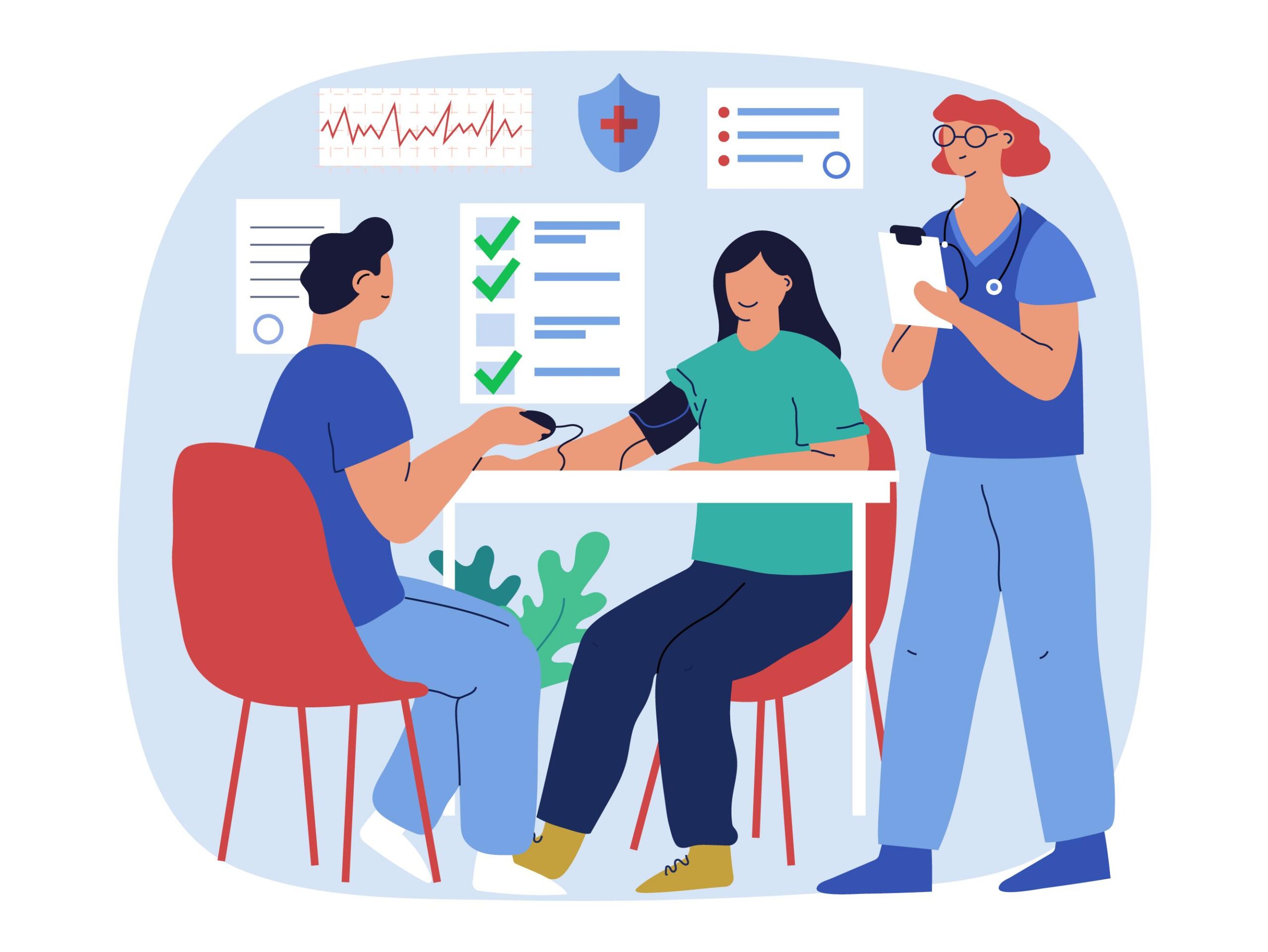When did you last consider how your job makes you feel? Many workers don’t realise that their daily routines can harm their health. Occupational health screening can aid in these situations. Both employers and employees should prioritise safety. A robust screening program is the proper thing to do for businesses and can help them live healthier, happier, and more productive lives.
How to Understand Workplace Health Screening
Occupational health screening determines if employees are healthy enough for various tasks and what risks they may encounter. These processes usually include medical evaluations, risk assessments, and workplace danger monitoring. Early detection of health concerns allows employers to reduce them. Thus, people keep healthy and work successfully.
Screening programs often evaluate for job hazards such as drug exposure, ergonomic concerns, and stress. These exams detect current and prevent future health issues. You can adjust workplace policies and programs to aid employees with their problems.
Government laws
Compliance with laws is also crucial to occupational health screening. Many statutes and standards ensure workplace safety. Your company could lose money and reputation if they fail. Regular health inspections help firms comply with the law and enhance workplace safety.
Workers in high-risk environments must undergo health testing. Each company may have different rules. These inspections are crucial to protect workers, coworkers, and the company. Companies prioritise compliance through occupational health screening to show they care about employee health. This builds employee trust in the organisation.
Why occupational health screening is important
Company and employee occupational health screening has several benefits. Regular health screenings provide workers peace of mind and detect health issues early. This allows people to access care when needed, improving their health and reducing job absences.
Business rewards are as significant. Healthy workers are more productive, active, and joyful. Detailed screening procedures can reduce healthcare expenses, enhance morale, and retain staff. Keeping workers healthy and safe can boost the company’s reputation, making it more enticing to potential hires.
Making an effective screening tool
Employers must create and implement worker-centred programs to maximise occupational health screening. List any health concerns associated with each corporate job. This is step one. This may require talking to workplace health specialists, reading incident records, and asking employees for feedback.
Managers should then explain how to perform checks, including how often, what tests to perform, and what to do if something is wrong. Workers should know why screening is vital and their health check rights. Allowing workers to discuss health issues and participate in testing can improve results.
Finally, firms should regularly evaluate their occupational health screening policies. You may need to monitor workplace health trends, assess program effectiveness, and make program changes as appropriate. As long as it improves, screening protects workers’ health and safety.
Conclusion
In the end, occupational health screening is essential to workplace health. Companies that appreciate the importance of frequent health inspections can improve workplace safety and quality. Following the guidelines benefit the firm, employee happiness and health, productivity, and image. Are you ready to start prioritizing health at work? You must pay for occupational health exams by law, but you should also do it to protect your employees. Your firm will grow, and your employees will be healthy and happy if you do this.

